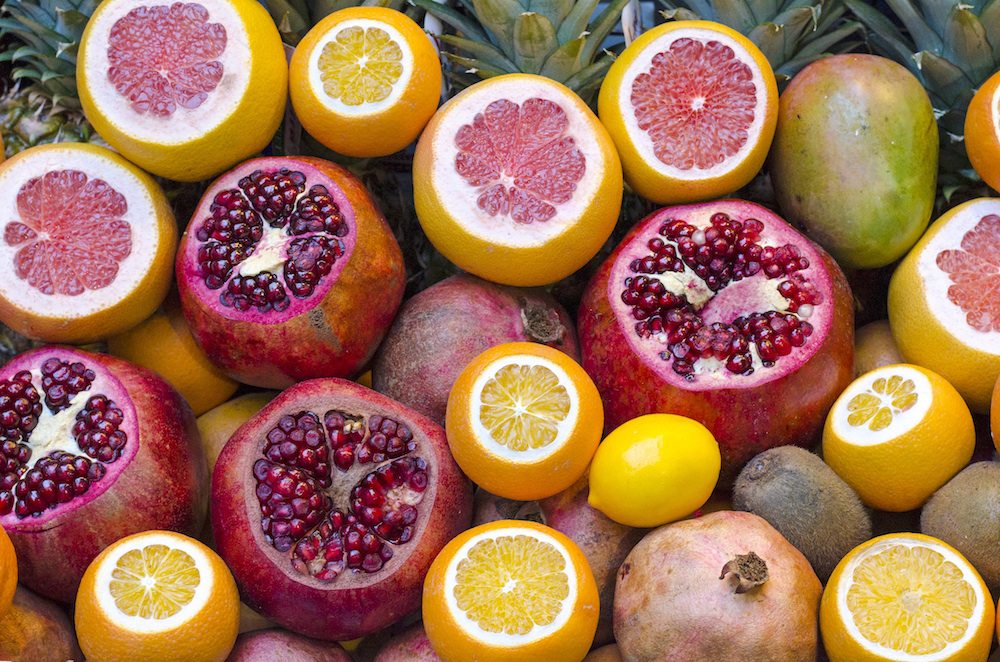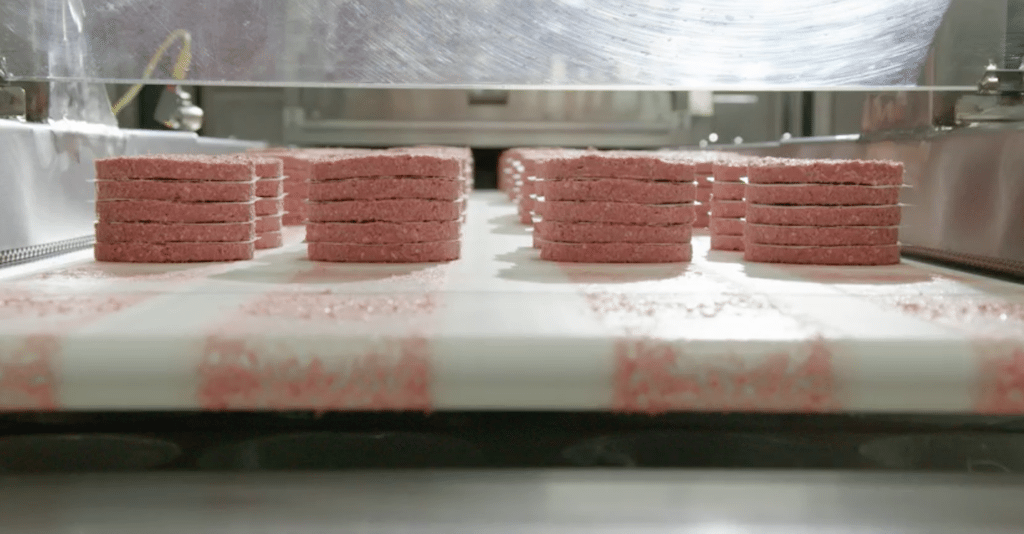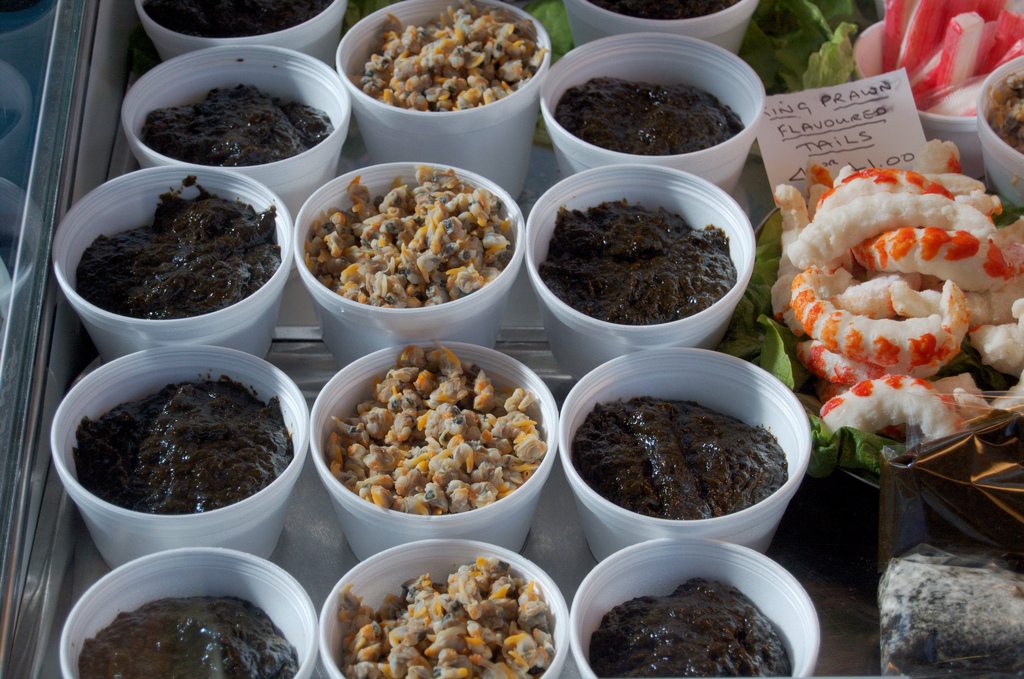At first glance, Kitchen Toke looks like a garden variety gourmet lifestyle magazine. You know the type. Recipes abound—from sweet potato gnocchi with lemon pesto to spinach and feta bourekas with toasted sesame seeds and dill—alongside interviews with well-known chefs, and a roundup of great pizza cities. The handsome photo spreads have been carefully food-styled, glamour-shot in mouth-watering detail so you can see each crystal of rock salt, each curdle of sprinkled cotija.
But if the name didn’t tip you off, there’s a twist: nearly everything in the magazine has been made with marijuana.
As states continue to legalize it, and as major tobacco and spirits companies jump on legal pot’s growing bandwagon, Kitchen Toke is evidence of an off-the-radar trend: Edible pot products are going highbrow. Yes, most people tend to associate THC-laced consumables with the candy aisle—gummy bears and chocolate bars, the kind of things kids snap up and eat by accident (before freaking the fuck out). But the industry has matured rapidly in the past few years, and a new generation of entrepreneurs are taking edibles far beyond the pot brownie.
 David Plunkert
David Plunkert The first issue of Kitchen Toke, printed on thick matte stock and published quarterly, is being sold in boutique dispensaries across the seven continental states where pot has been legalized for recreational use
“We found that it’s not the kids holing up in the college dorm rooms smoking shwag weed that are the major participants in this industry,” says Elizabeth Ervin, Kitchen Toke’s publisher, who says the magazine was launched after a full year of market research. “It’s a wide set—35 to 65 years old, people who have disposable income, who want a high quality product, and they’re willing to spend for it.”
According to Arcview Market Research, a firm specializing in the cannabis industry, Californians chomped down $180 million in edibles last year, 10 percent of the state’s overall market. Meanwhile, since marijuana was first legalized in Colorado, sales have tripled. As the market’s grown, it’s started to shift in character, taking on the broader culture’s obsession with precious (and pricey) small-batch craft goods. Today, you can find everything from “medical cannabis glazed pecans,” to seasonally made blood orange jam, all of it in twee packaging that says more “post-work Dolores Park picnic” than “crank the Marley, we’re off to Gathering of the Vibes.”
Edibles have even started to creep into the starchy world of fine dining.
The idea for Kitchen Toke came out of another magazine, Food Fanatics, which Ervin publishes with a different company: it’s a publication for chefs about the world of ingredient procurement, one sponsored by the major broadline distributor U.S. Foods. Producing Food Fanatics means talking to chefs all the time, and Ervin and her team couldn’t help noticing the way more and more chefs were supplementing their day jobs—or replacing them entirely—with gigs cooking up THC-infused fare.
Green State’s list of the top cannabis chefs features alums from Michelin-starred restaurants, some of them James Beard Award-winning, who are now experimenting with infused dishes from French onion soup to slow-roasted pork belly.
Chef Holden Jagger’s medicated challah, 200 milligrams of THC per loaf.
“I’ve made a career being a pastry chef for people who, a lot of the time, are inebriated on alcohol,” Jagger says. “It’s a lot of what the restaurant industry does. It’s one of the most profitable departments in a restaurant. And I don’t see any reason why cannabis can’t take that same role in inebriation and connectivity of people.”
Though Altered Plates serves traditional infused meals, the company also offers “pairing” dinners, where the non-spiked course is paired with a unique joint meant to play off the flavors of the dish.
“It works the way a sommelier would work, where the dish is designed to either compliment or contrast with those flavors,” Burkons says.
As with fine wine, the goal is more high-minded appreciation than all-out intoxication. The joints are served in glass stoppers, which allow diners to snuff them at any time—or even pass entirely, moderating the experience the way a wine snob might swish a Grenache for the flavor, then splurt it back into a spittoon.
At his weed-infused food club, Chef Holden Jagger works as chef, host, and emcee, introducing each varietal’s special sensory and cerebral qualities
“When you uncork the tube, you get a little nose affect the way you would on a great glass of wine,” Burkons says. Jagger teaches guests to do a dry pull, inhaling through an unlit joint which allows them to get a sense of the turpenes, the pungent oily compounds that give weed much of its flavor. “There are ways to include people in the experience even if they don’t want to actually smoke the cannabis at the dinner.”
Throughout, Jagger—a knowledgeable guide who also cultivates his own strains—works as chef, host, and emcee, introducing each varietal’s special sensory and cerebral qualities. Burkons says their clients are eager students, just as interested in the backstory of their bud as they are in getting high.
“The consumer is starting to ask questions,” she says. “Just the way that they want to know where their produce is coming from and why they’re shopping at Whole Foods, they want to know about the ingredients going into their edibles—and they also want to know about the cannabis going into those edibles. Is it produced using a lot of pesticides? Is it sun-grown? Is it indoor? Has it been tested? Those sorts of questions are becoming increasingly important for both the consumer and the industry to understand.”
“I’ve always said that things happen in a cycle especially with a drug policy shift this monumental,” says Ricardo Baca, who helped launch The Denver Post’s weed vertical, The Cannabist, and now runs a PR firm repping Whoopi Goldberg-branded THC bath soaks, among other products. “First comes legalization, then normalization, and then commercialization. We’re kind of right there in between normalization and commercialization.”
One way that anxiety has manifested itself is through meticulous attention to dosing; pot’s new gourmandizing class takes great pains to promote responsible consumption. Their mantra seems to read like an adaptation of Michael Pollan’s famous food rule: Get high. Not too high. Mostly classy. Though Kitchen Toke’s first issue comes with a firmly worded disclaimer, protecting the publisher against legal action in the event of recipes gone wrong, the editors have clearly taken great care with dosage, recommending specifically that readers use a 15 percent THC strain of cannabis to keep ratios intact. You’d almost think that the era of taking one’s chances with a Betty Crocker pot brownie, all clumpy with shwag weed—one that might generate a feeble buzz or turn out to be catatonia-inducing—is drawing to a close.












